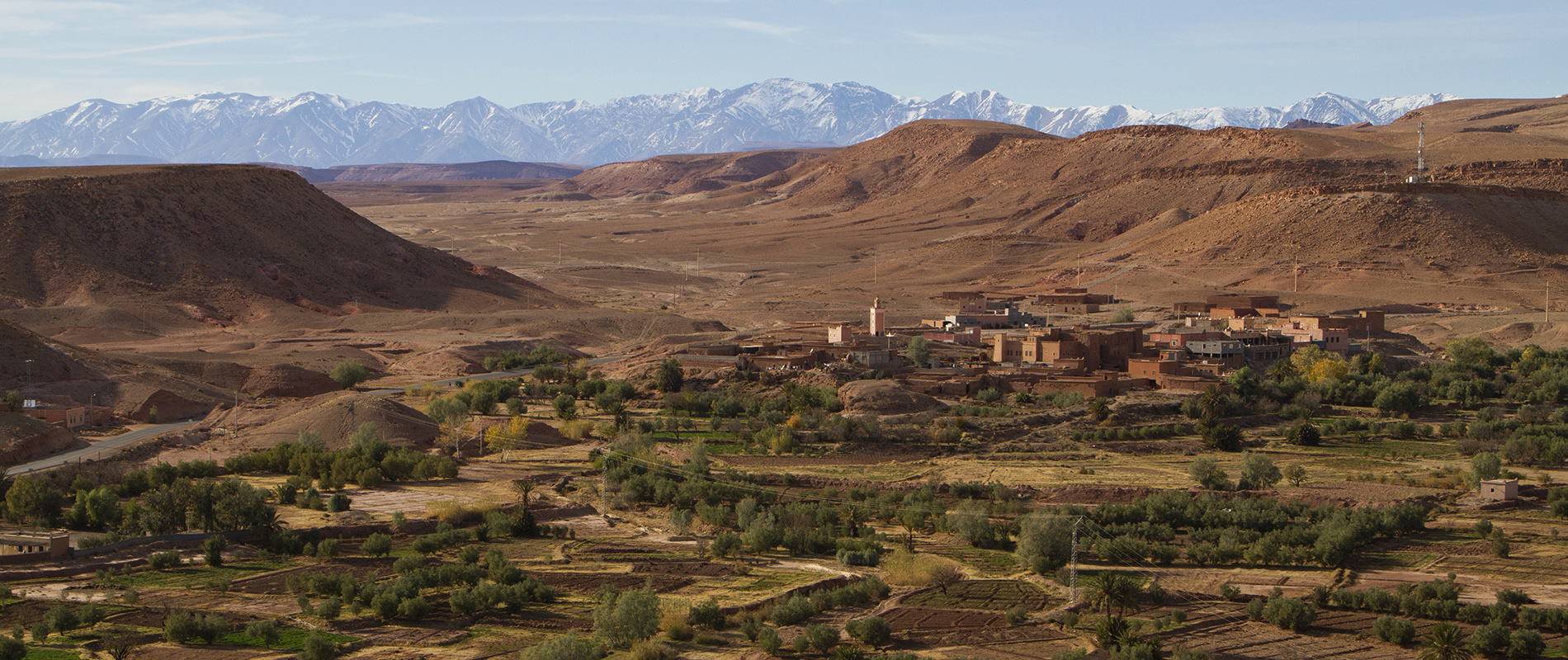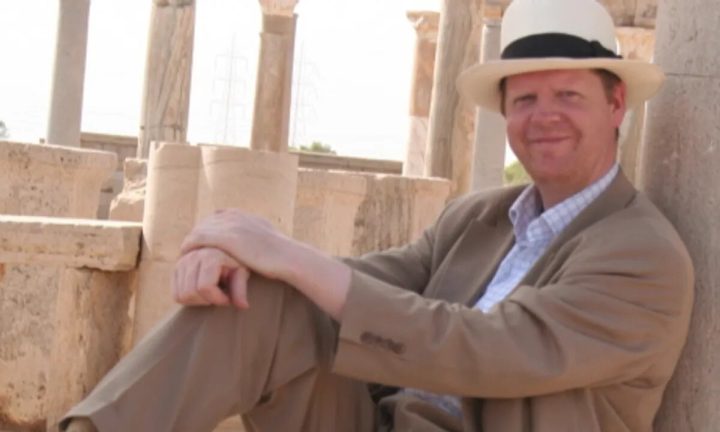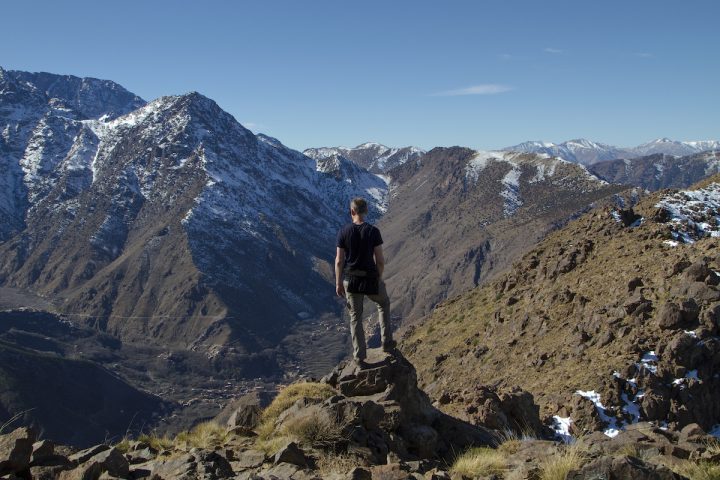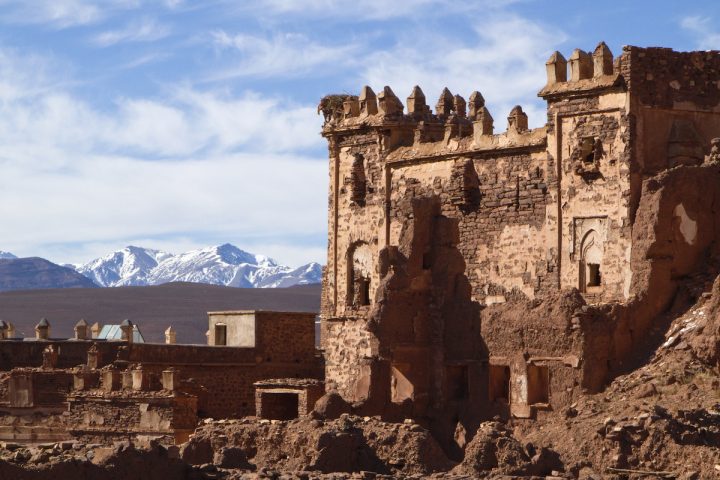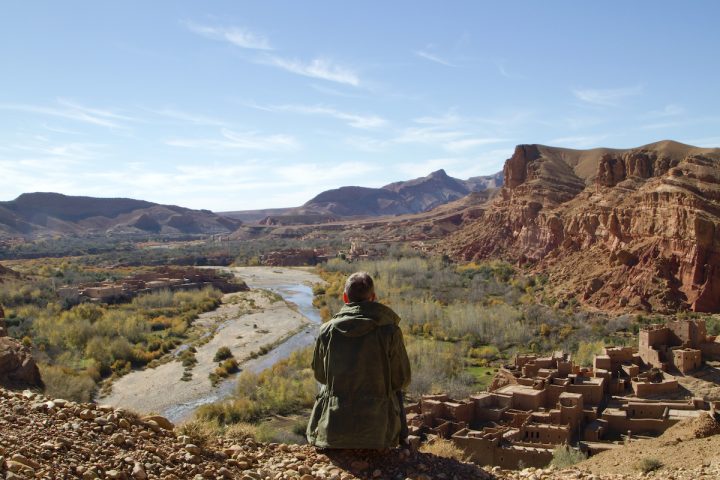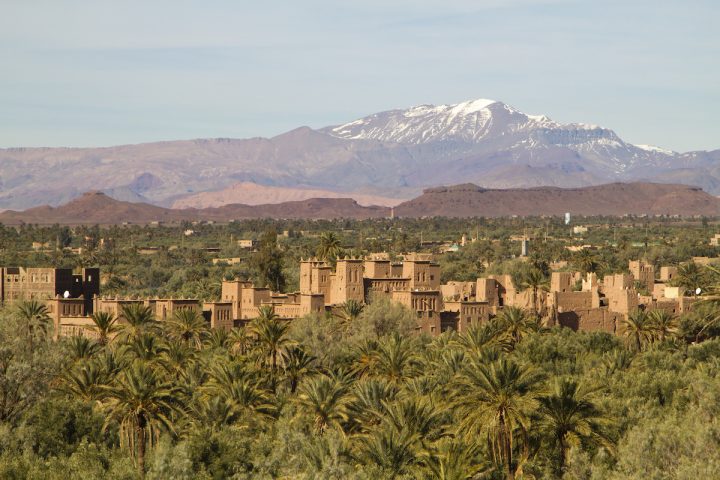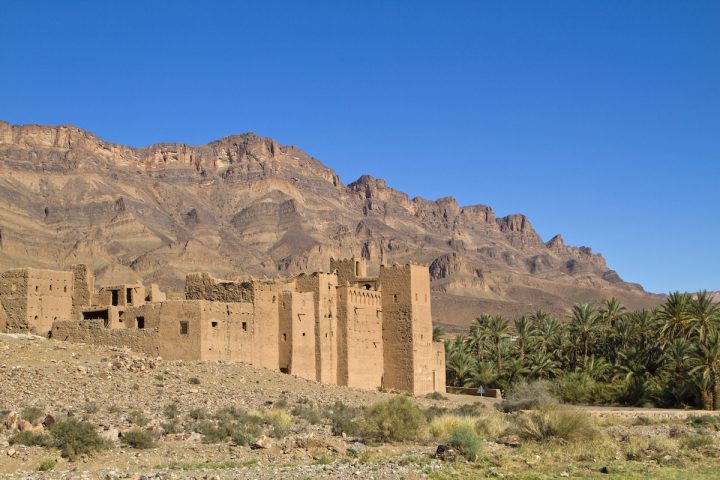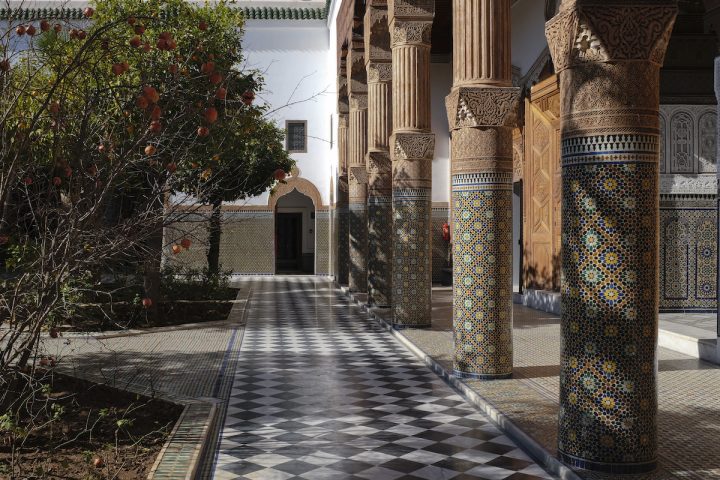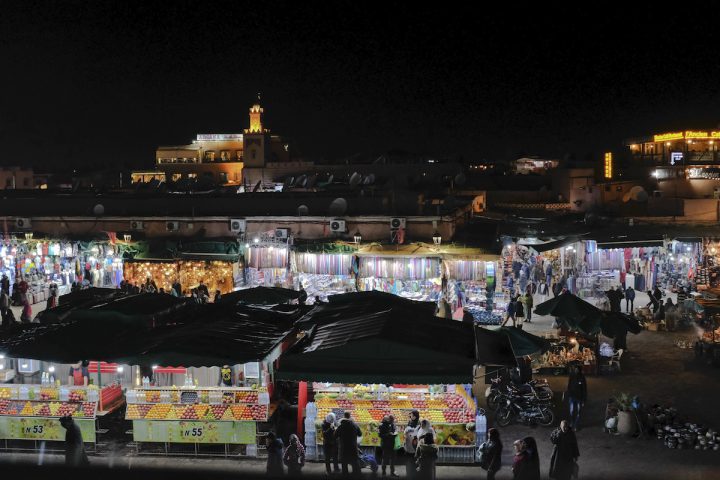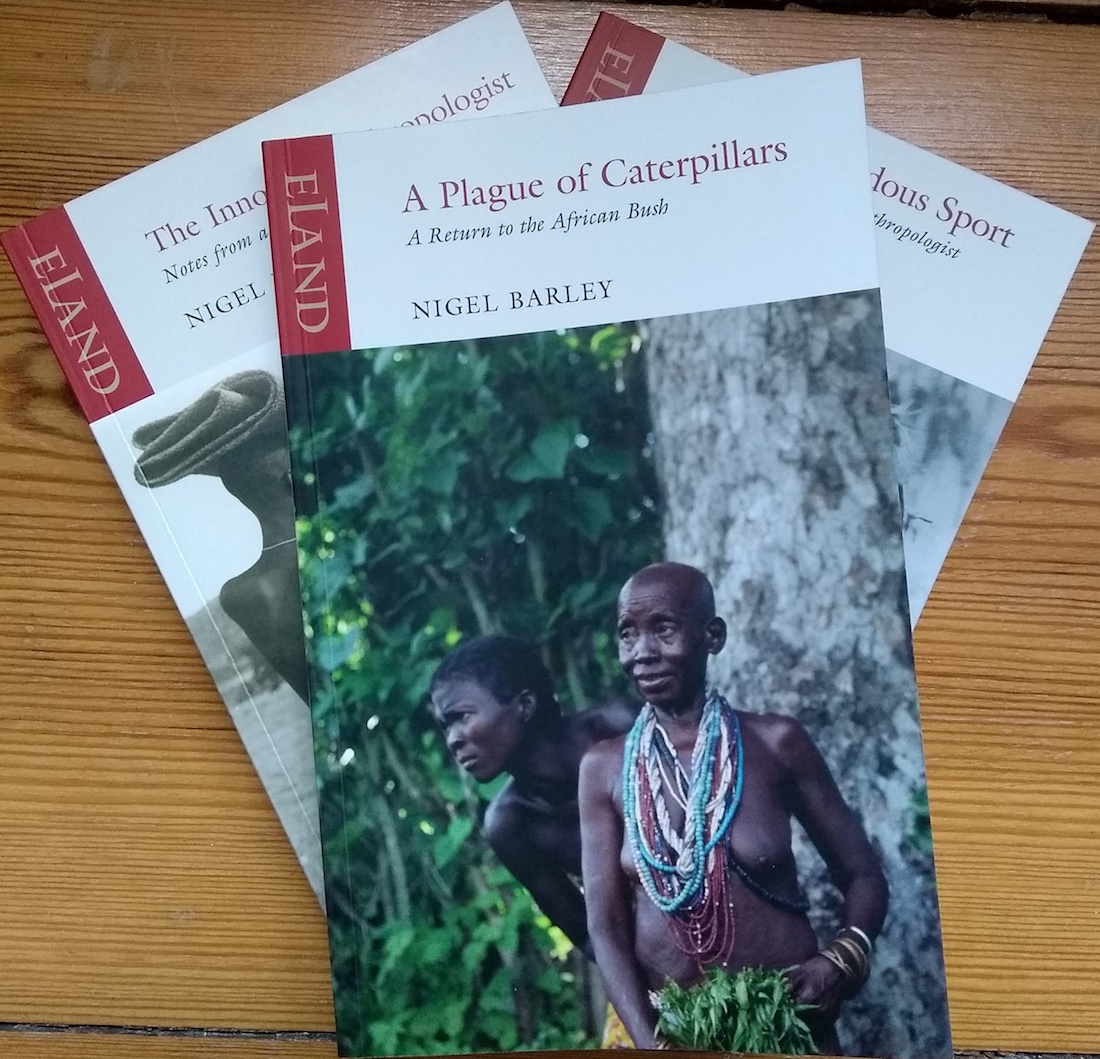
Tim Cocks Lagos is a massive city with massive problems. It’s plagued by traffic jams, power cuts, street gangs, police extortion, widespread fraud, and every hustle under the sun. I’ve always been drawn to Africa’s desert regions in my own travels. And I’ve always thought of Lagos as a place to avoid: a dangerous shithole where nothing good could possibly happen to the outsider unlucky...
